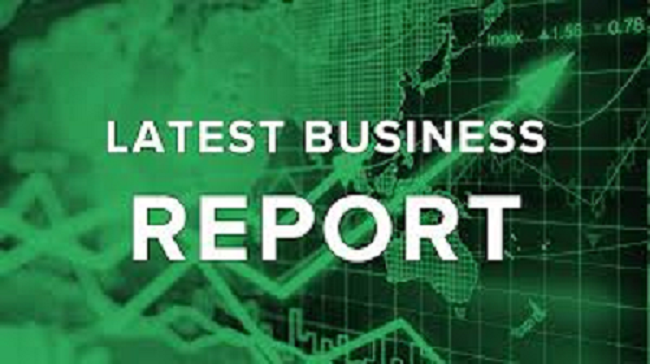One by one, the giant investment funds are quietly switching out of government bonds, the most overpriced assets on the planet.
Nobody wants to be caught flat-footed if the latest surge in the global money supply finally catches fire and ignites reflation, closing the chapter on our strange Lost Decade of secular stagnation.
The Norwegian Pension Fund, the world's top sovereign wealth fund, is rotating a chunk of its $860bn of assets into property in London, Paris, Berlin, Milan, New York, San Francisco and now Tokyo and East Asia. "Every real estate investment deal we do is funded by sales of government bonds," says Yngve Slyngstad, the chief executive.
It already owns part of the Quadrant 3 building on Regent Street, and bought the Pollen Estate - along with Saville Row - from the Church Commissioners last year. But this is just a nibble. The fund is eyeing a 15pc weighting in property, an inflation-hedge if ever there was one.
The Swiss bank UBS - an even bigger player with $2 trillion under management - has issued its own gentle warning on bonds as the US Federal Reserve prepares to kick off the first global tightening cycle since 2004. UBS expects five rate rises by the end of next year, 60 points more than futures contracts, and enough to rattle debt markets still priced for an Ice Age.
